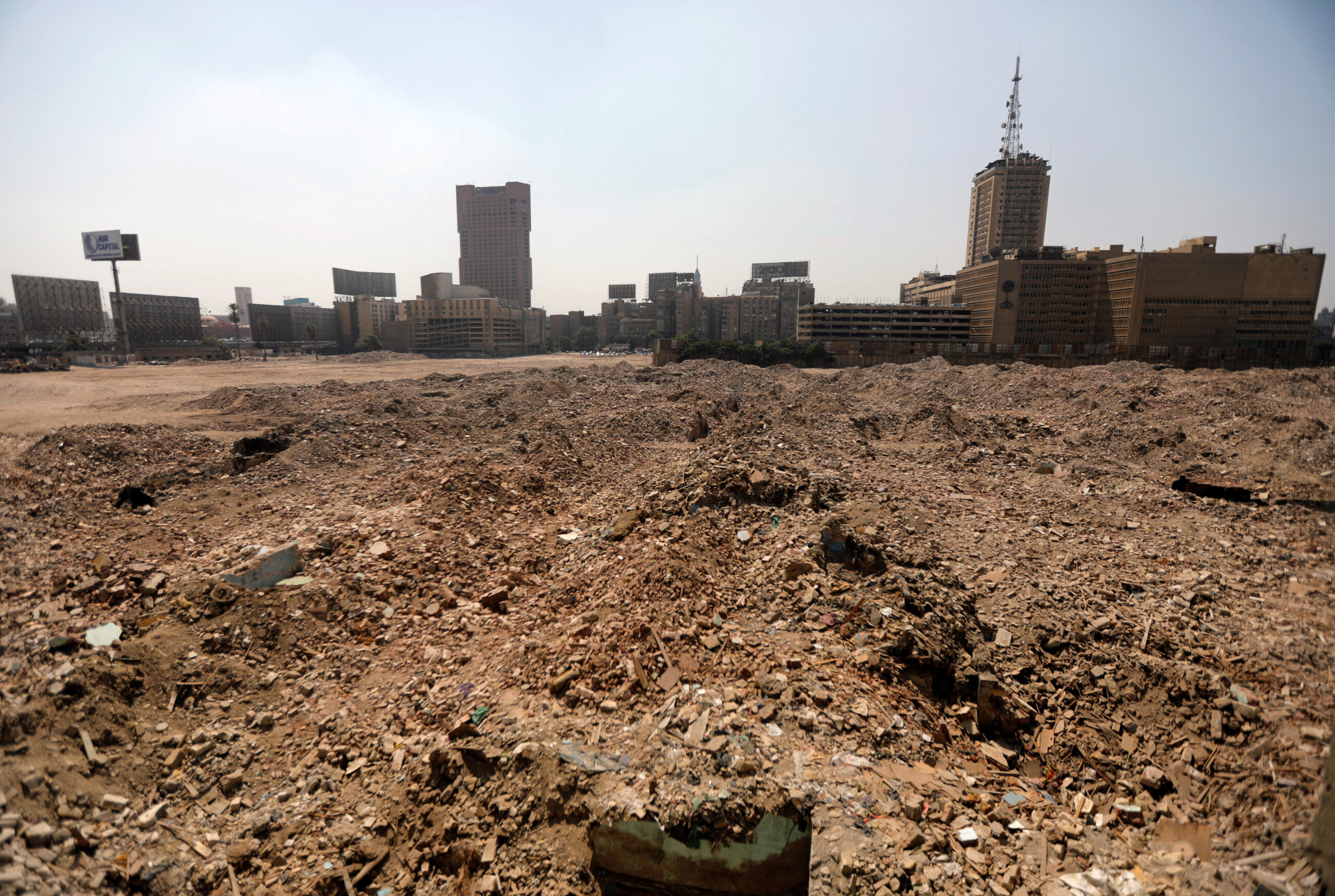
Feature: Egypt steadily works towards eradicating unsafe slums

“My dream of having a new house has come true,” said Abdel Rahim Mohamed, a 40-year-old electricity technician who has moved into Al-Asmarat residential complex lately.
Al-Asmarat project is part of Egyptian government’s plan for demolishing dangerous settlements and building convenient homes for slums residents.
Located in the southeastern Cairo neighborhood of Mokattam, the third phase of Al-Asmarat housing project was opened on Sunday by Egyptian President Abdel Fattah al-Sisi.
The third phase of the complex contains 7,300 fully-furnished units, playgrounds, health care services, and a parking area for 9,000 cars, besides a church and a mosque.
“My previous one-room flat which is in poor conditions in Manshiyat Naser slum in Cairo cannot compare with the new one,” Mohamed, a father of three children, told Xinhua, saying that his new apartment is cleaner and larger.
He added that his family was suffering sanitation and clean water problems all the time, noting that “the new apartment is fully equipped with human necessary services.”
Meanwhile, it took a long time for other citizens to leave their unsafe homes to a new area, as Mohamed Aly, a man in his sixties said.
Aly used to live for many years in Establ Anter, a highly dangerous slum located at the sliding edge of Mokattam mountain. Under the persistence of his family, he joined the second phase of Al-Asmarat project in 2018.
“I have never imagined that I will live in a two-bedroom apartment with a terrace overlooking greenery instead of garbage,” Aly told Xinhua, adding that it’s a huge leap for the life of poor people who have experienced dangerous living conditions for decades.
According to official statistics, informal settlements in Egypt, including the unsafe slums, constitute around 40 percent of the country’s urban areas.
A collapse on the edge of Mokattam mountain that killed a score of poor people in 2008 has made it urgent for the government to tackle the problems of the slums.
Al-Asmarat housing project aimed to rehouse 240,000 families and redevelop hazardous areas nationwide. According to state-owned Central Agency for Public Mobilization and Statistics, the percentage of Egyptians, who live in extreme poverty, rose to 32.5 in 2018 from 27.8 percent in 2015.
Currently, nearly 18,300 families are living in Al-Asmarat project, according to Hassan al-Ghandour, manager of Mokattam municipality.
He told Xinhua, Al-Asmarat residential complex provides youth sports center and social solidarity building which can operate 17 different activities. Besides, it also comprises elementary, high junior and high schools, mosques, churches, medical centers, kindergartens and shops.
He pointed out that Al-Asmarat project is an integrated residential complex that paid much attention to the physical fitness of children by holding sports activities such as practicing football, Kong Fu, and other types of sports.
The official added that the government was very keen to provide job opportunities in the newly established project to attract new residents and provide them with another income alternative.
The director of Slums Developing Fund Khaled Seddiq said “Egypt is walking steadily in the road of eradicating the unsafe slums.”
Unsafe slums in Egypt are located in 357 areas, out of which 296 areas have been eliminated, which cost the country 38 billion Egyptian pounds (nearly 5.2 billion U.S. dollars), he added.
Seddiq said that Egypt will completely terminate all the slums by the end of 2020, adding that these lands will be either turned into services areas or parks after demolishing the houses.






